I’ve had an old Pentax P30n hanging around for about 10 years that hasn’t seen any real use. Despite the camera being dead cheap, the cost of processing and scanning film was a bit scary and after running one or two rolls of colour film through it, the P30n was set aside.
As coronavirus descended upon us, I found myself out of work. Stressful as this was, it was the catalyst to get me into film photography proper. The same barriers remained, however. Processing and scanning was just too expensive. Home developing seemed attractive but after some research, it seemed a little complex. Not to mention a starter kit and chemicals would run to over £100 with no guarantee of success. Online forums appeared to be a roster of beardy white men explaining how simple it all was before going on to list umpteen bits of kit, chemicals and processes that were essential to the process.
I stalled for a few weeks until I came across CineStill’s DF96 monobath through Stephen Shaub’s articles on Emulsive. Here was a product that promised easy results. Pour the stuff into the light-proof pot, stir for three minutes, done. It was as easy as making a pot noodle (and at this point, I was eating them for breakfast, lunch and dinner so I was pretty confident I could master the monobath). I ordered the DF96, a developing tank and a changing bag. That’s it. That’s literally all you need with this stuff.
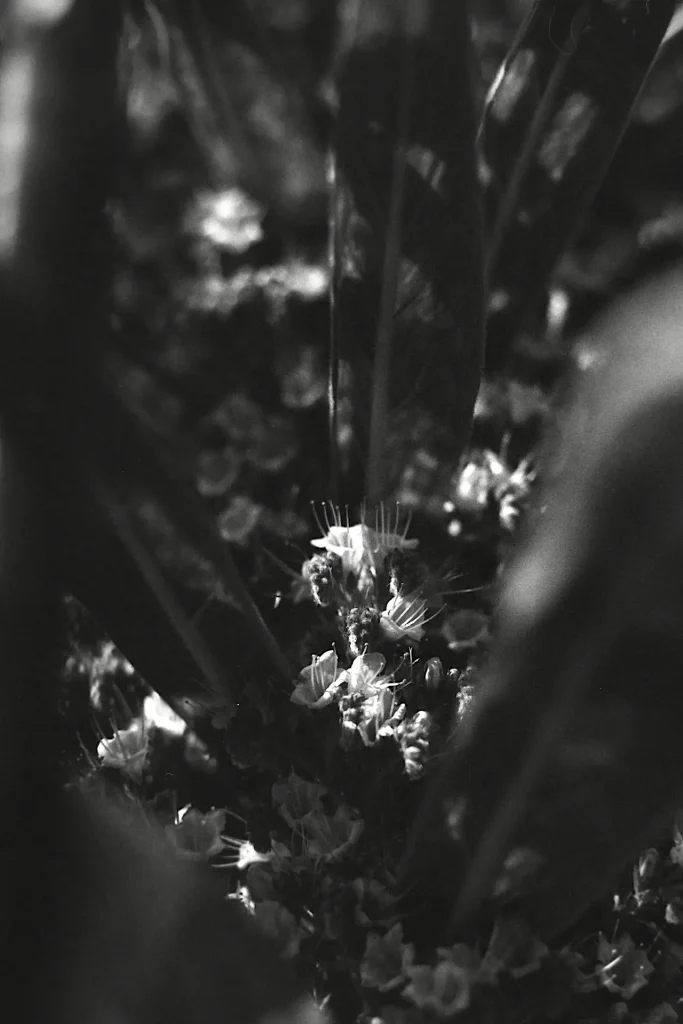
Kentmere film is pretty much the cheapest stock available in the UK and, frankly, my decision to use it started and ended there. I bought 10 rolls for under £30 not expecting too much from it. An opinion widely held on internet forums is that you need a “professional” film stock for decent pictures. T-Max, Tri-X or Delta was the right choice, according to the forum dwellers. Perhaps they’re right and my photos would be better if I’d spent twice as much on film but looking at the results, I don’t regret my choice at all. The film has a dreamy look to it. Medium contrast, a little halation, grain and softness that all work together beautifully.
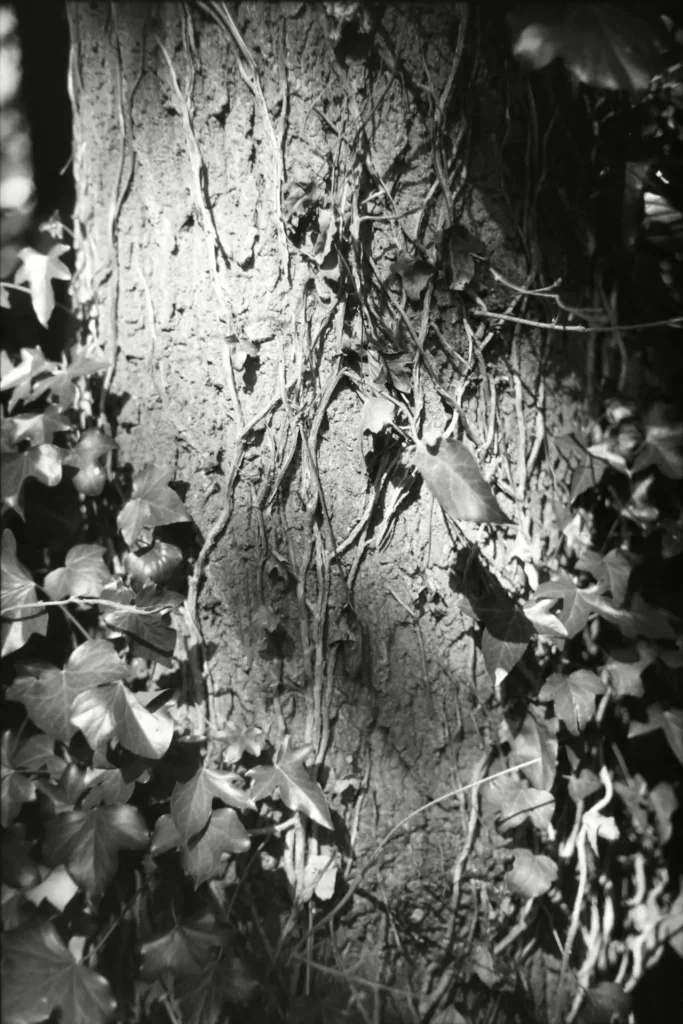
Having collected the bare essentials for my first film foray, I headed out with my girlfriend for our daily walk with the P30n. This camera is a joy to use. It has a big, clear viewfinder with a simple meter. There’s one dial to adjust the shutter speed and the aperture is on the barrel of the 50mm standard kit lens. Both shutter speed and aperture can be set to auto – great for either care-free snapping or handing the camera to a friend (both of which I’ve tried and the Pentax has delivered great results in each case). ISO is set by DX code with no option to override. This is a shame but I’m not going to run before I can walk, so box speed works just fine for now.
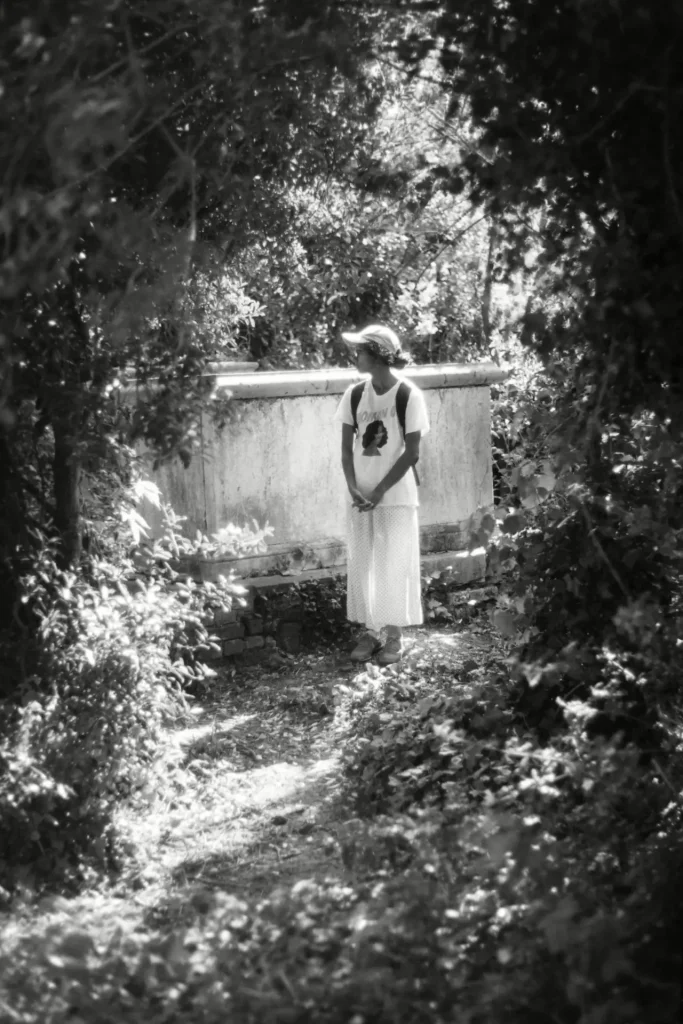
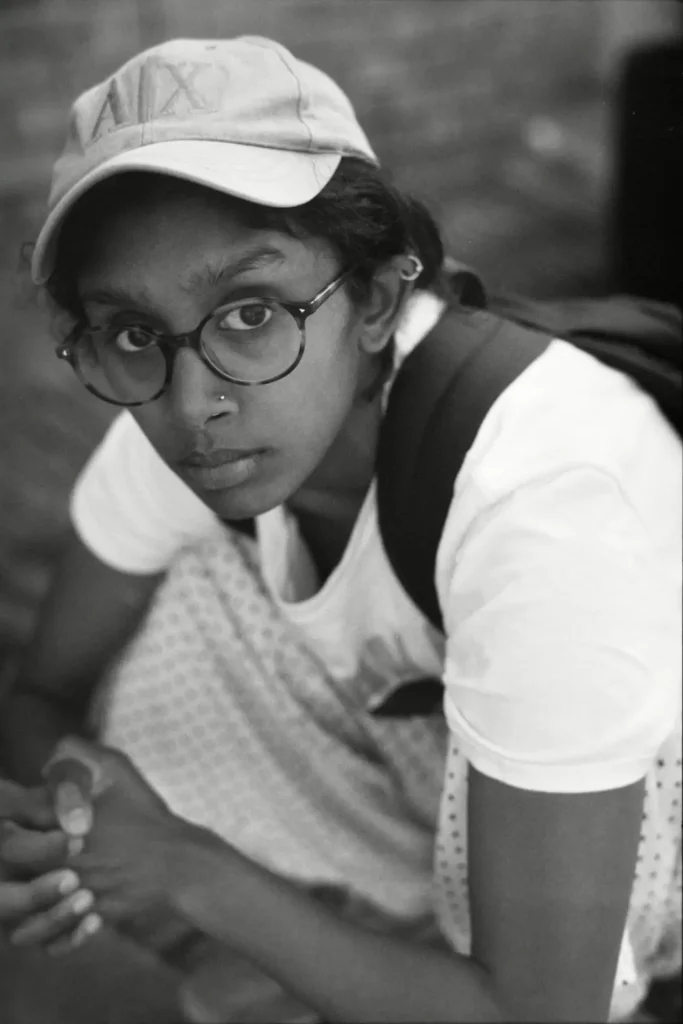
The DF96 delivered on its promise of quick, easy development. On my first attempt, I pulled out 24 beautifully developed frames. The images you can create with Kentmere 100 and DF96 are more than acceptable. I wouldn’t describe the look of this combination as “retro” but these images are certainly distinctive and very different to what my DSLR spits out thanks to the softness and gentle contrast. The film bug has bitten me hard and it’s thanks to the easy entry point that budget film and easy monobath developer offers.
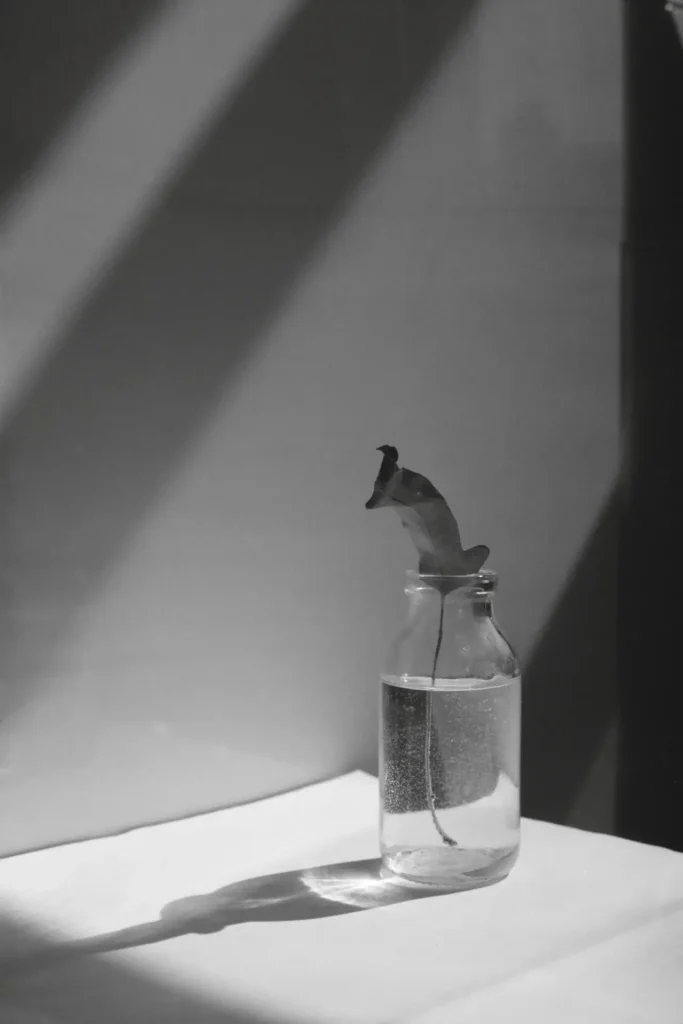
More Kentmere film experiments on my Instagram. Get in touch to say hi, leave me some advice or inspiration.
Share this post:
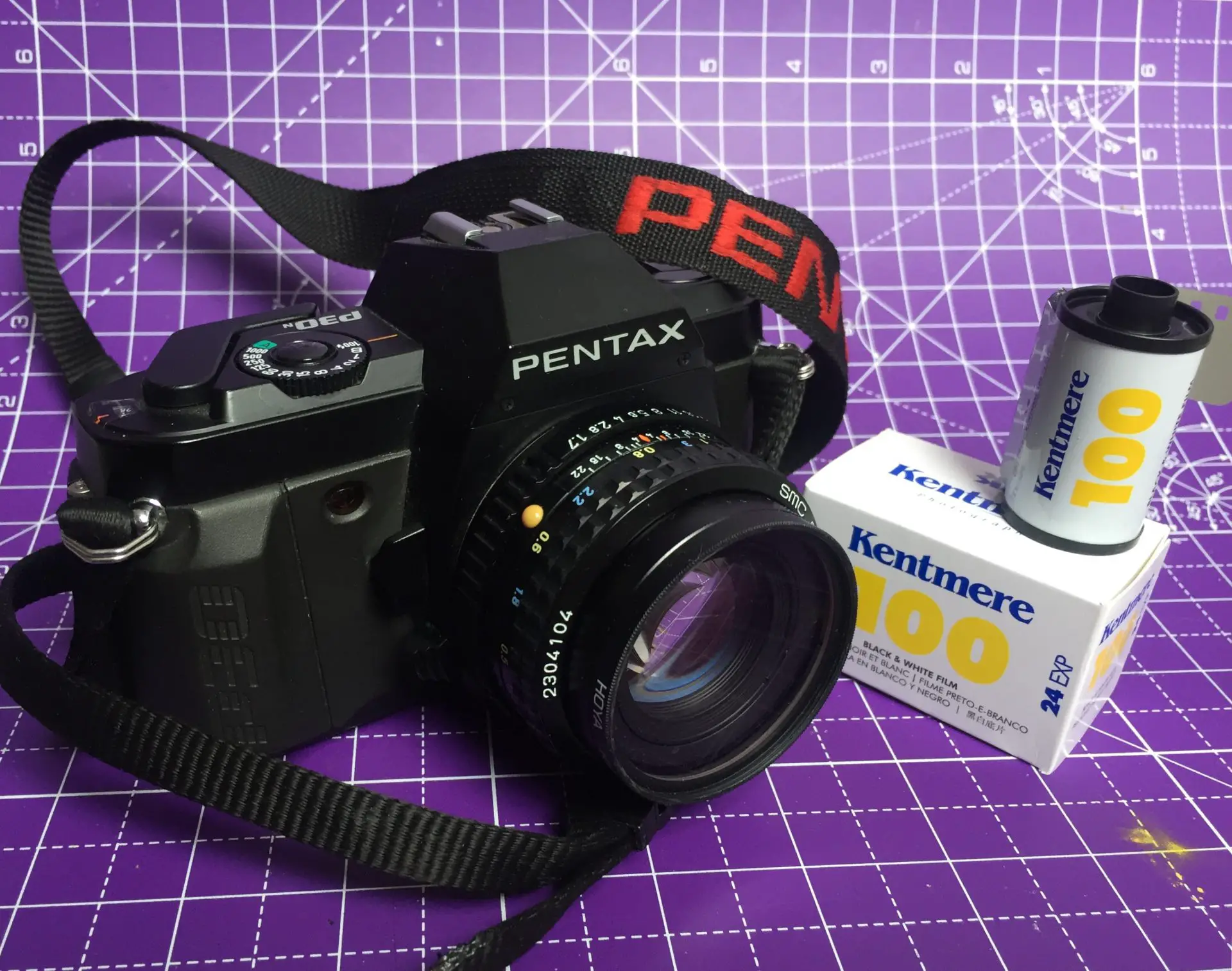


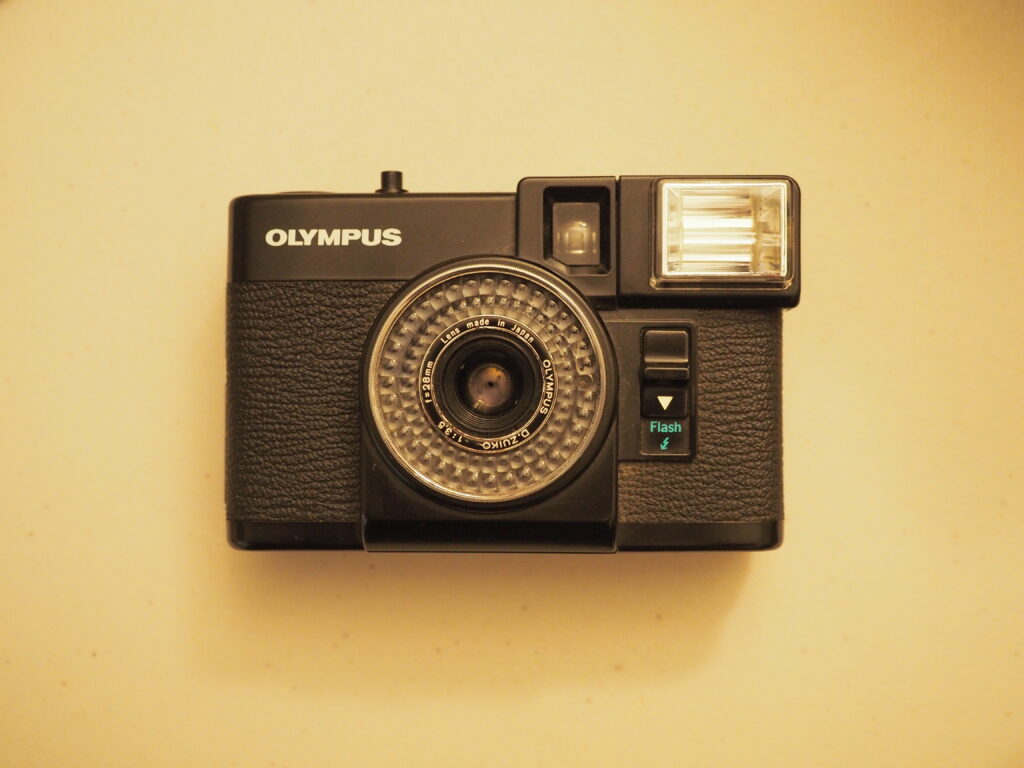
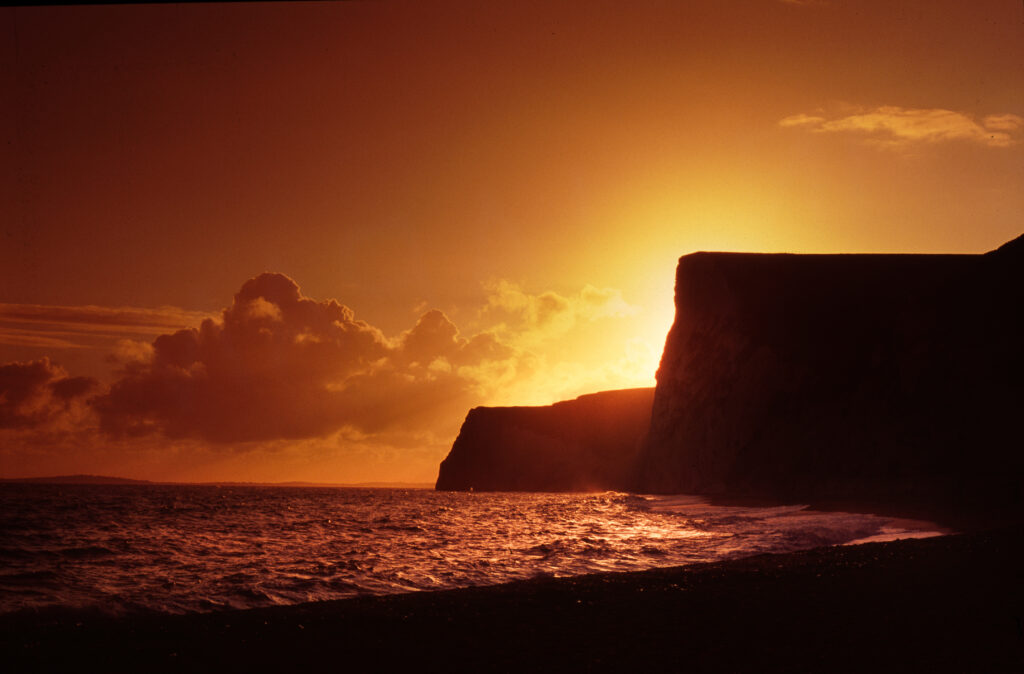




Comments
Andrea Bevacqua on 5 frames of Kentmere 100 on a Pentax P30n Developed in DF96 – By Mike Boffey
Comment posted: 05/08/2020
well done! I found this film working a treat and to be honest I am quite a fan ofFomapan as well (which could be even cheaper than Kentmere).
I started bulk loaing my rolls, and a part the advatage of beign cheaper, is very convenient because you can decide how many shots you want for every roll.
I used the Cinestill monobath as well and I think it works very well. The only suggestion from me, would be to filter it after 2/3 developed rolls (you can use coffee filters). Doing like this you can remove the deposit which unavoidably will deposit on the bottom of the bottle and you will obtain a better and clearer developer.
Happy shooting!
Andrea
Comment posted: 05/08/2020
Comment posted: 05/08/2020
Eric Norris on 5 frames of Kentmere 100 on a Pentax P30n Developed in DF96 – By Mike Boffey
Comment posted: 05/08/2020
Good luck, and keep shooting!
Comment posted: 05/08/2020
Michael J on 5 frames of Kentmere 100 on a Pentax P30n Developed in DF96 – By Mike Boffey
Comment posted: 05/08/2020
Comment posted: 05/08/2020
Kevin Ortner on 5 frames of Kentmere 100 on a Pentax P30n Developed in DF96 – By Mike Boffey
Comment posted: 05/08/2020
I've shot with Kentmere 400 (also the cheapest film here in Canada that I am aware of) and have always been pleased with the results. I think you will notice greater difference between developers than you will between other b&w films of the same iso (unless the film is intended for something very specific). Developed the same way, I don't see a huge difference between hp5 and Kentmere 400.
Comment posted: 05/08/2020
Jeff on 5 frames of Kentmere 100 on a Pentax P30n Developed in DF96 – By Mike Boffey
Comment posted: 05/08/2020
Comment posted: 05/08/2020
Comment posted: 05/08/2020
Wayne on 5 frames of Kentmere 100 on a Pentax P30n Developed in DF96 – By Mike Boffey
Comment posted: 07/08/2020
Comment posted: 07/08/2020
John S on 5 frames of Kentmere 100 on a Pentax P30n Developed in DF96 – By Mike Boffey
Comment posted: 10/08/2020
Comment posted: 10/08/2020
Castelli Daniel on 5 frames of Kentmere 100 on a Pentax P30n Developed in DF96 – By Mike Boffey
Comment posted: 12/08/2020
When you develop your own film, you exercise control over your photography. I was taught to think of the photographic process is an unbroken chain from exposure to final print. Each step holds equal weight. It was somewhat distracting at times as the dinosaurs were still roaming the earth to keep our tripods from shaking too much...something you youngsters don’t need to worry about :-))
Comment posted: 12/08/2020
Dean on 5 frames of Kentmere 100 on a Pentax P30n Developed in DF96 – By Mike Boffey
Comment posted: 05/01/2022
Really well done, and thanks again.